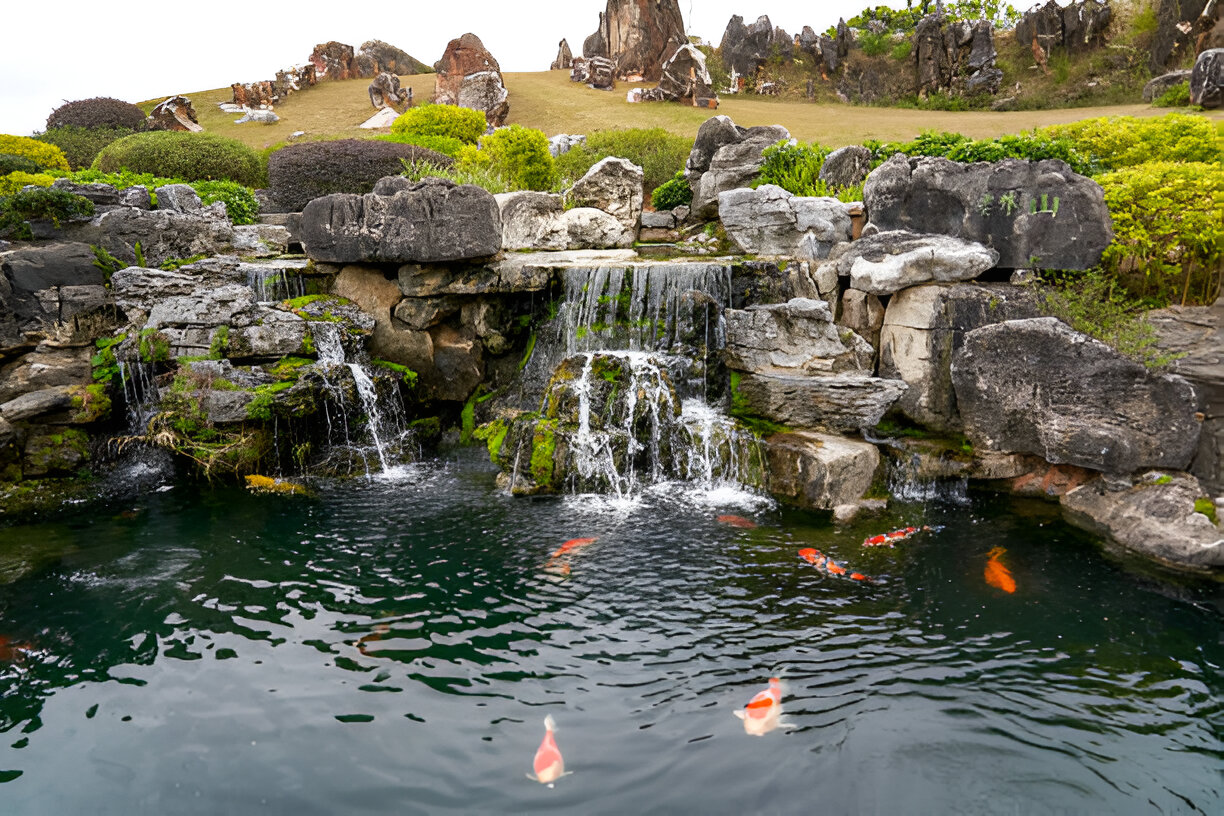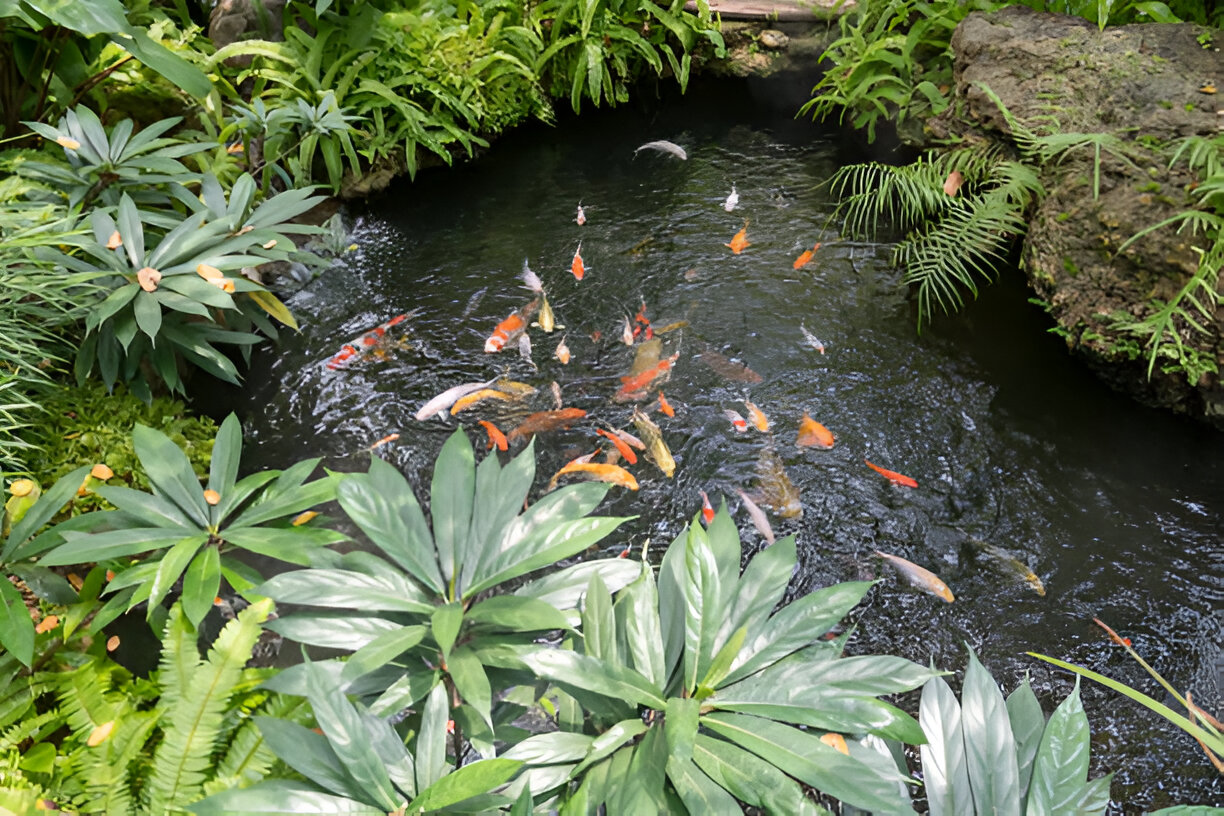Having the right pond liner enables several decades of pleasurable use. Premium EPDM rubber offers superior durability (25+ years), UV/weather resistance, and fish safety – outperforming cheaper alternatives prone to cracking and leaks. Invest wisely for long-term pond success.
The initial investment in a quality pond liner pays dividends through:
- Elimination of frequent leak repairs
- Protection for your valuable koi
- Reduced long-term maintenance costs
- Preservation of water quality.
Cheaper PVC or polyethylene alternatives may save money upfront but often require replacement within 5-10 years while risking chemical leaching. For pond owners who value their koi’s health and want to avoid the hassle of liner failures, EPDM’s reliability provides peace of mind season after season.
That Pond Guy recommends, “Never compromise on your pond liner – it is the foundation of your entire aquatic ecosystem.” By choosing premium materials from the start, you will enjoy crystal-clear water, thriving fish, and more time relaxing by your beautiful pond rather than fixing it.
Top Pond Liner Materials for Koi Ponds
1. EPDM (Ethylene Propylene Diene Monomer)
Why It is Great:
- Extremely durable (lasts 25+ years)
- UV-resistant and flexible, fitting irregular shapes
- Safe for fish and plants.
Downsides:
- More expensive upfront
- Heavy and harder to install alone.
2. RPE (Reinforced Polyethylene)
Why It is Great:
- Lightweight and easy to install
- Puncture-resistant and long-lasting (20+ years)
Downsides:
- Not as UV-resistant as EPDM
- Less flexible for complex designs.
3. PVC (Polyvinyl Chloride)
Why It is Great:
- Budget-friendly option
- Easy to find and install.
Downsides:
- Less durable (10-15 years lifespan)
- Can leach chemicals over time.
Materials to Avoid for Koi Ponds
1. Preformed Plastic Liners
- Limited shape options
- Prone to cracking in extreme weather.
2. Low-Quality PVC
- Degrades quickly under UV exposure
- Risk of chemical leaching.
3. Bentonite Clay
- Unreliable sealing
- Requires constant maintenance.
Key Factors When Choosing a Liner
- Durability: Will it last decades or just a few years?
- Safety: Is it non-toxic for koi and plants?
- Flexibility: Can it adapt to your pond’s shape?
- UV Resistance: Will sunlight break it down?
- Ease of Repair: Can leaks be patched easily?
That Pond Guy advises, “Never compromise on liner quality—your koi’s health depends on it. EPDM is my top recommendation for most ponds.”
Avoiding Common Pond Liner Mistakes
To select the optimal pond liner, you should contact That Pond Guy for professional support. Specialists from their team will examine your individual needs to recommend enduring fish-safe materials which meet both functionality and visual criteria.
With years of experience, they will help you avoid costly mistakes and select a liner that protects your koi while enhancing your pond’s natural beauty for years to come.
Final Thoughts
Using premium EPDM rubber as a pond liner enables long-term reliable operation with virtually no care needs. Affordable liner options initially appear attractive, yet their use usually results in leaks, repair needs and damage to your koi.
High-quality liners deliver UV protection, puncture resistance, and fish safety, which leads to reduced stress, cost, and time spent for both aquatic ecosystem survival and improved longevity.


